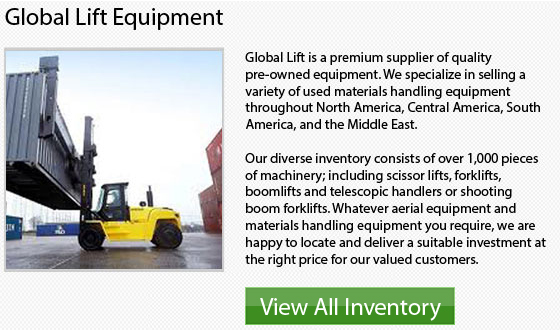
Basic Fuel Types of Forklifts
Forklifts, also referred to as powered lift trucks, are used to do many jobs in construction, distribution and industrial settings. These heavy-duty equipment are intended to be reliable and tough so they can transport heavy items in all different kinds of environments and conditions. Forklifts are powered by various kinds of fuels and thus able to adapt to lots of different work settings.
Electricity
The electric models generate no emissions and reliable and quiet. These units are powered by industrial-strength large batteries which are made to be able to be successfully recharged about 1500 times in their useful lifespan. As electric forklifts generate no exhaust fumes, it is usually the machine of choice and necessity in places which have limited ventilation. These forklifts require a charging place somewhere on the premises that is equipped with an eyewash station and emergency acid spill kit because of the batteries. For safety reasons, the charging area needs to be well ventilated.
Propane
The modern forklift normally utilizes liquid propane. Propane provides various advantages over electric and diesel models. Like for instance, propane normally costs less than electricity. When recharging the battery, there is no need to remove the forklift from service.
Furthermore, compared to diesel powered models, propane units offer a much cleaner operation. In most cases, a propane forklift is refueled by simply changing out the empty propane tank with a new full one. Usually, an off-site supplier will re-fill the tanks. This ensures a safe, easy and fast re-fueling procedure.
Gasoline and Diesel
Gasoline and diesel forklifts can require more maintenance and produce a smelly exhaust. They have relatively high fuel costs as well. Because they have a much longer and useful lifespan, they are rather reliable compared to electric or propane models. Re-fueling needs a fuel supply on site that follows strict health and safety codes. Diesel and gas models are mainly utilized on rough terrain in outdoor applications, such as on construction sites or in lumber yard environments.